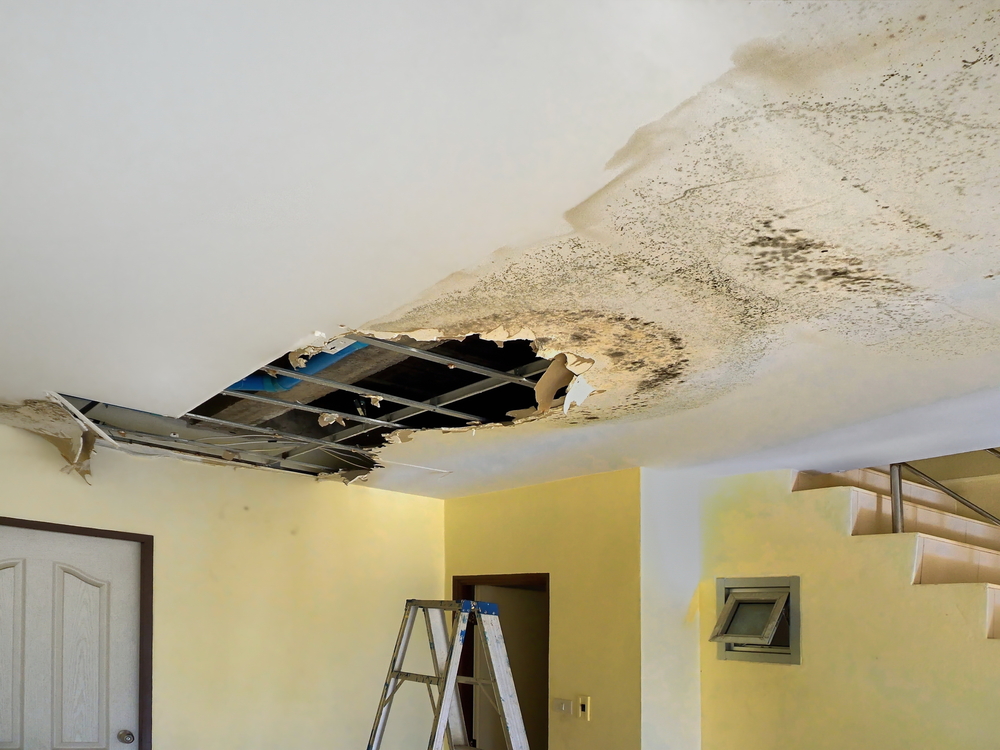Just how to Locate and Repair Service Water Leaks-- A Comprehensive Overview
Just how to Locate and Repair Service Water Leaks-- A Comprehensive Overview
Blog Article
This article which follows on the subject of Locating water leaks is especially informative. Don't miss out on it.

Early detection of leaking water lines can mitigate a potential catastrophe. Some small water leakages may not be visible.
1. Examine the Water Meter
Every home has a water meter. Checking it is a proven way that assists you uncover leakages. For starters, shut off all the water resources. Make sure nobody will purge, utilize the tap, shower, run the cleaning equipment or dishwashing machine. From there, go to the meter and watch if it will change. Because no one is using it, there must be no movements. That shows a fast-moving leak if it relocates. Similarly, if you identify no changes, wait a hr or 2 and examine back again. This suggests you may have a slow-moving leak that can also be below ground.
2. Examine Water Usage
Assess your water costs as well as track your water usage. As the one paying it, you ought to discover if there are any kind of inconsistencies. If you spot sudden changes, in spite of your intake coinciding, it means that you have leakages in your plumbing system. Keep in mind, your water bill should fall under the very same variety on a monthly basis. An unexpected spike in your costs shows a fast-moving leakage.
On the other hand, a stable boost each month, despite the very same routines, reveals you have a slow-moving leak that's likewise slowly intensifying. Call a plumber to thoroughly inspect your property, particularly if you really feel a cozy location on your floor with piping underneath.
3. Do a Food Coloring Examination
30% comes from commodes when it comes to water intake. Test to see if they are running properly. Decrease specks of food color in the storage tank and wait 10 mins. If the shade in some way infiltrates your bowl during that time without flushing, there's a leakage in between the storage tank and also bowl.
4. Asses Exterior Lines
Don't forget to inspect your outside water lines too. Examination faucets by connecting a garden pipe. Must water permeate out of the link, you have a loose rubber gasket. Change this and also guarantee all connections are tight. It will help get it skillfully checked out as well as preserved each year if you have actually got a lawn sprinkler system. One tiny leak can squander tons of water and spike your water costs.
5. Inspect as well as Assess the Situation
Property owners must make it a routine to examine under the sink counters and also inside cabinets for any type of bad odor or mold and mildew development. These 2 warnings indicate a leak so punctual interest is required. Doing routine inspections, even bi-annually, can conserve you from a significant trouble.
A lot more notably, if you know your home is already old, keep a watchful eye on your heating systems, hoses, pipelines etc. Look for discolorations and also compromising as the majority of home appliances and also pipelines have a life span. They will also normally wear away due to tear and use. If you suspect dripping water lines in your plumbing system, do not wait on it to rise. Call an expert plumber right away so you do not end up with a dreadful mess in your home.
Early discovery of dripping water lines can minimize a potential disaster. Some small water leaks might not be noticeable. Checking it is a guaranteed method that helps you discover leakages. One small leak can lose heaps of water and spike your water costs.
If you presume dripping water lines in your plumbing system, don't wait for it to intensify.
WARNING SIGNS OF WATER LEAKAGE BEHIND THE WALL
PERSISTENT MUSTY ODORS
As water slowly drips from a leaky pipe inside the wall, flooring and sheetrock stay damp and develop an odor similar to wet cardboard. It generates a musty smell that can help you find hidden leaks.
MOLD IN UNUSUAL AREAS
Mold usually grows in wet areas like kitchens, baths and laundry rooms. If you spot the stuff on walls or baseboards in other rooms of the house, it’s a good indicator of undetected water leaks.
STAINS THAT GROW
When mold thrives around a leaky pipe, it sometimes takes hold on the inside surface of the affected wall. A growing stain on otherwise clean sheetrock is often your sign of a hidden plumbing problem.
PEELING OR BUBBLING WALLPAPER / PAINT
This clue is easy to miss in rooms that don’t get much use. When you see wallpaper separating along seams or paint bubbling or flaking off the wall, blame sheetrock that stays wet because of an undetected leak.
BUCKLED CEILINGS AND STAINED FLOORS
If ceilings or floors in bathrooms, kitchens or laundry areas develop structural problems, don’t rule out constant damp inside the walls. Wet sheetrock can affect adjacent framing, flooring and ceilings.
https://www.servicemasterbyzaba.com/blog/how-to-detect-water-leakage-in-walls/

As a passionate person who reads on Finding hidden leaks, I was thinking sharing that excerpt was valuable. Loved our content? Please share it. Let another person find it. Thank you for your time. Visit again soon.
Report this page